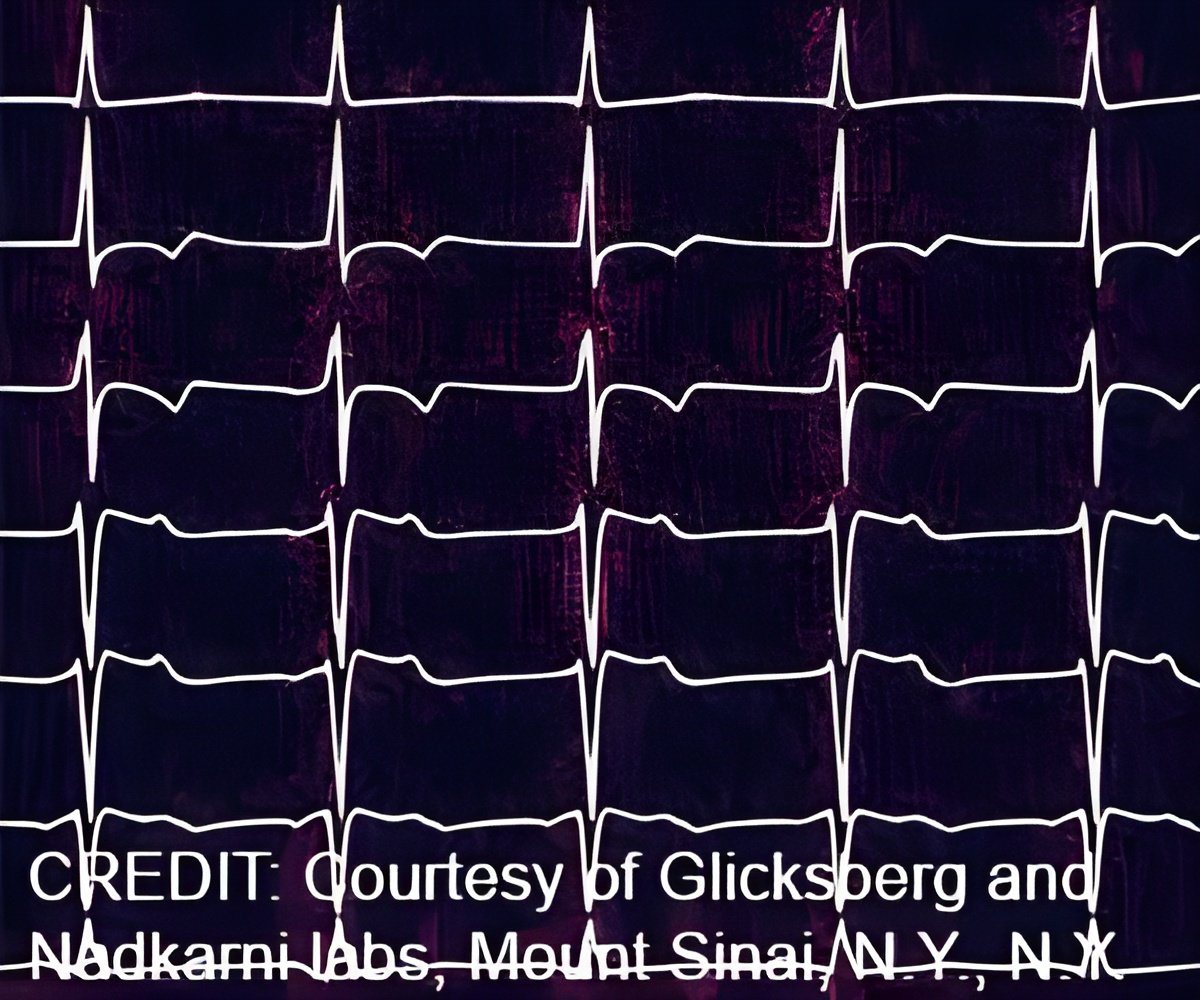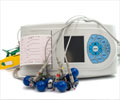Traditional Electrocardiograms can be bulky and difficult to set up. The new Patch Electrocardiogram is portable, easy to use, and delivers high-quality results.

‘With 50% fewer errors than traditional Electrocardiogram systems, the wireless patch offers more reliable heart diagnostics. #EKG #healthtechrevolution #medindia’





Its lead author, Richard Becker, MD, professor of medicine, claims that the patch is easier for medical personnel to correctly apply to patients and less likely to display misrepresentations of critical information while reading the electrical activity of the heart. The study was published in the journal Clinical Research in Cardiology(1✔ ✔Trusted Source
PATCH (Preferred Attachment Strategy for Optimal Electrocardiograms)-1 Study
Go to source).
Advantages of Patch Electrocardiograms (EKG) Over Traditional Electrocardiograms System
“It’s easy to use and can consistently be placed on the chest without a complicated learning curve for medical staff,” says Becker, also a cardiologist at UC Health, the university-affiliated health care system.“We also found that the likelihood of an artifact which is due to one of the leads not being placed correctly or as firmly as it should be was 50% less likely to occur. Having a high-quality EKG is essential to diagnostic accuracy and achieving good health outcomes.”
Becker says Patch EKG has an all-in-one design with built-in lead wires attached to pre-positioned electrodes for easier placement on the chest to eliminate electrode misplacement errors. It was tested in a prospective, single-blind study of 200 heart patients against the standard traditional 12-lead EKG procedure.
Advertisement
Most participants either preferred the Patch EKG (47%) or did not have a preference with the standard EKG (52%).
Advertisement
“It’s five pounds, you don’t have to wheel the machine in, you don’t have to untangle wires, you don’t have to get people dirty,” explains Jeff McGrath. “You don’t have to have a technical skill to acquire this. People take classes for months to learn how to operate a traditional EKG. You take a class for 20 minutes with this new product to learn how to do an EKG.”
Chris McGrath says wireless EKG patches may be of particular interest to skilled nursing facilities, behavioral health facilities and correctional facilities. The ability to rapidly triage acute cardiac symptoms can help lower hospital readmission rates of individuals cared for in these facilities.
“These are places where the inability to perform an EKG is very costly to them,” Chris McGrath adds.
Reference:
- PATCH (Preferred Attachment Strategy for Optimal Electrocardiograms)-1 Study- (https:link.springer.com/article/10.1007/s00392-024-02572-6)
Source-Eurekalert















